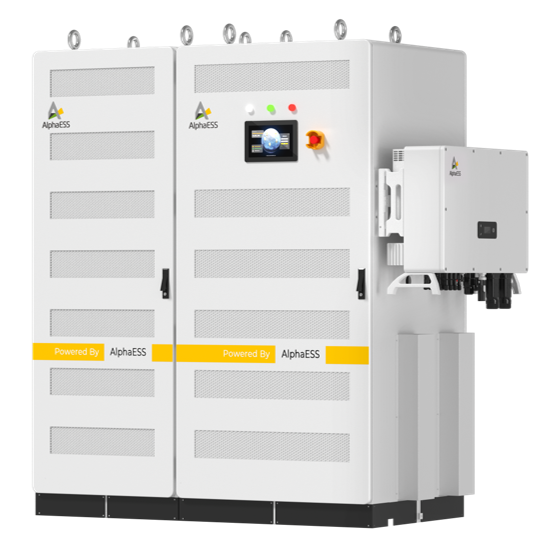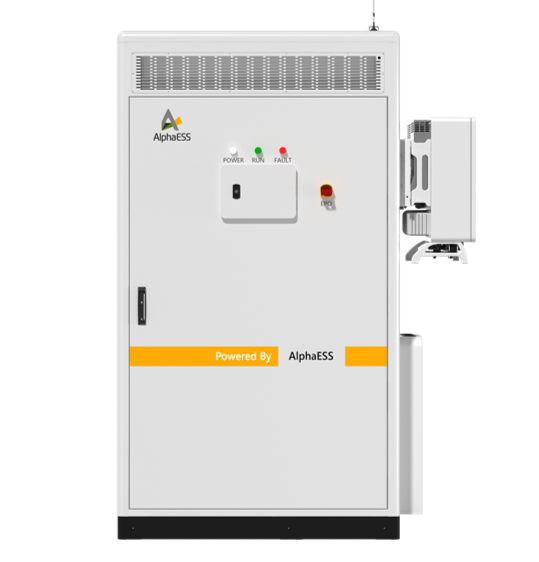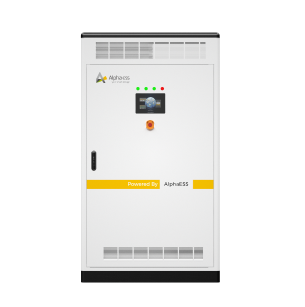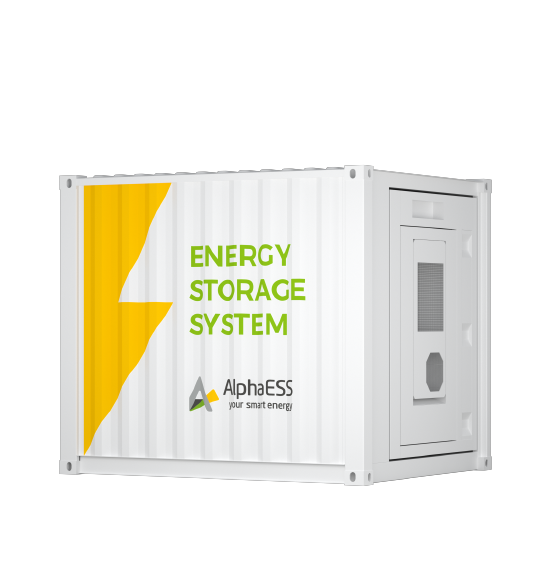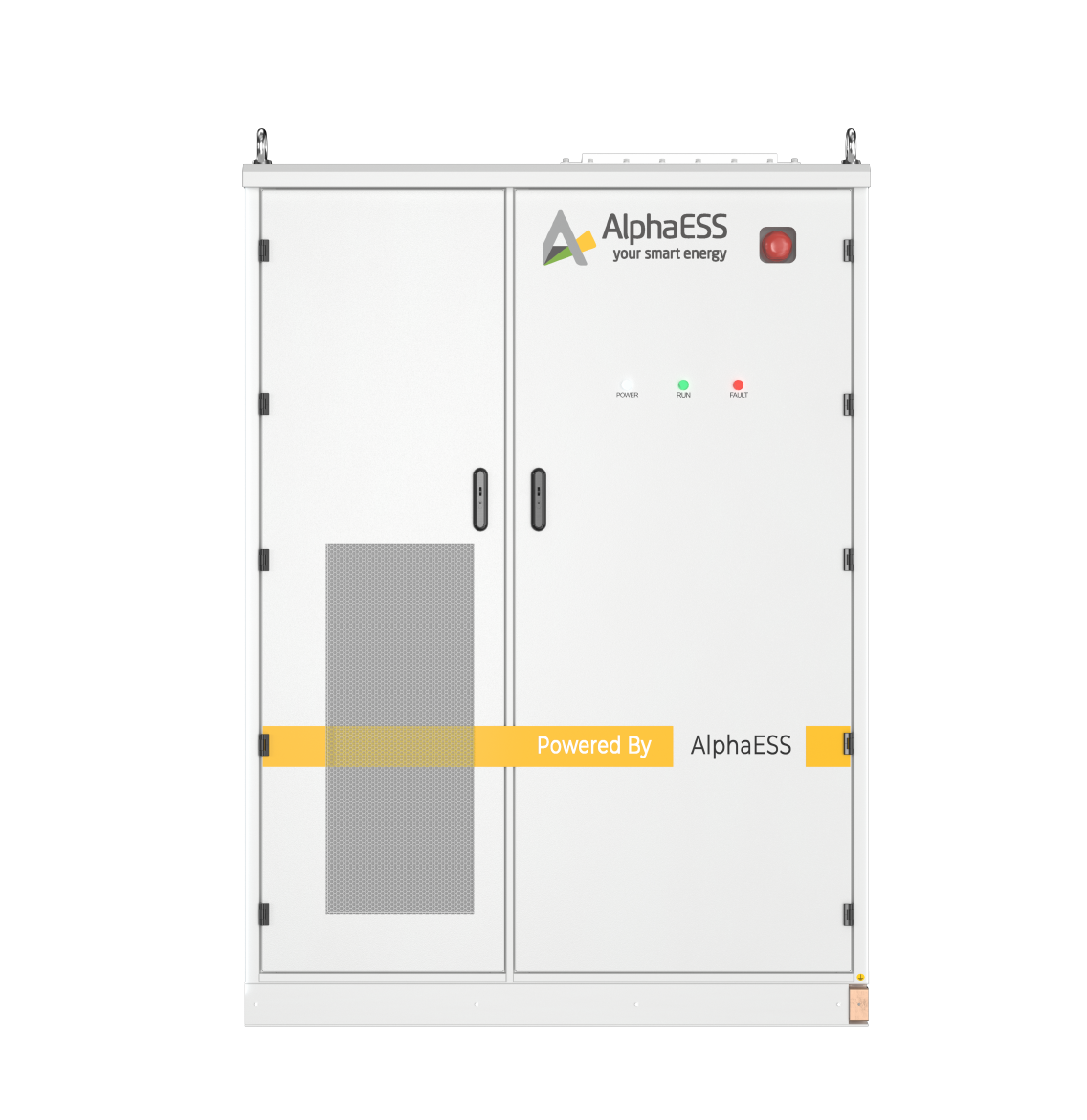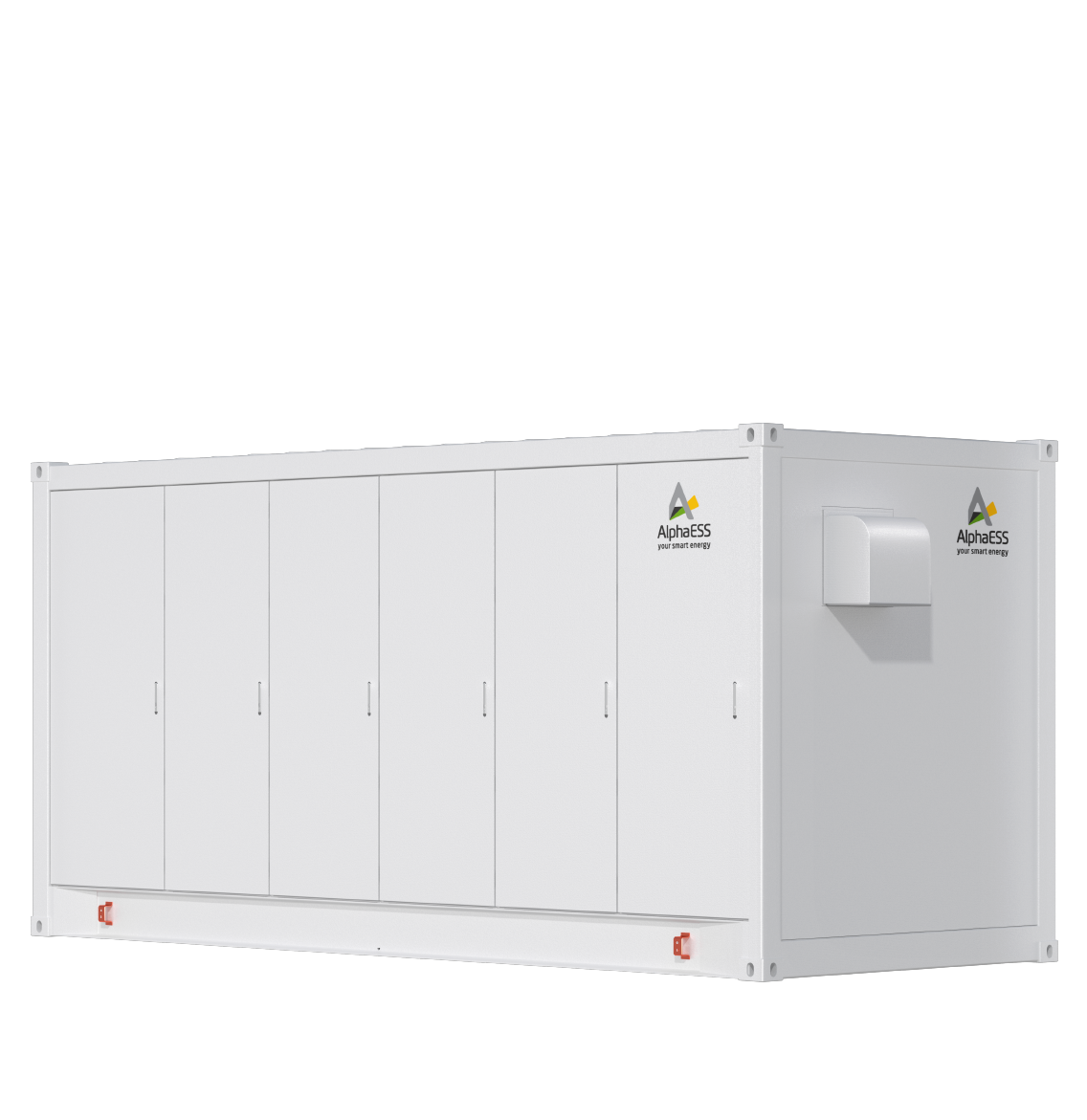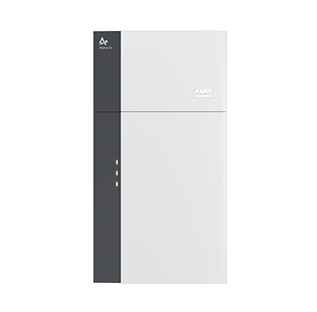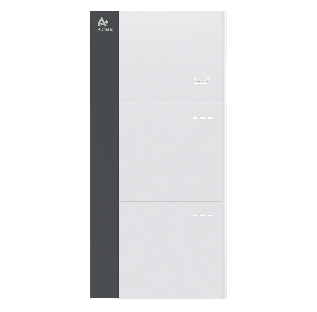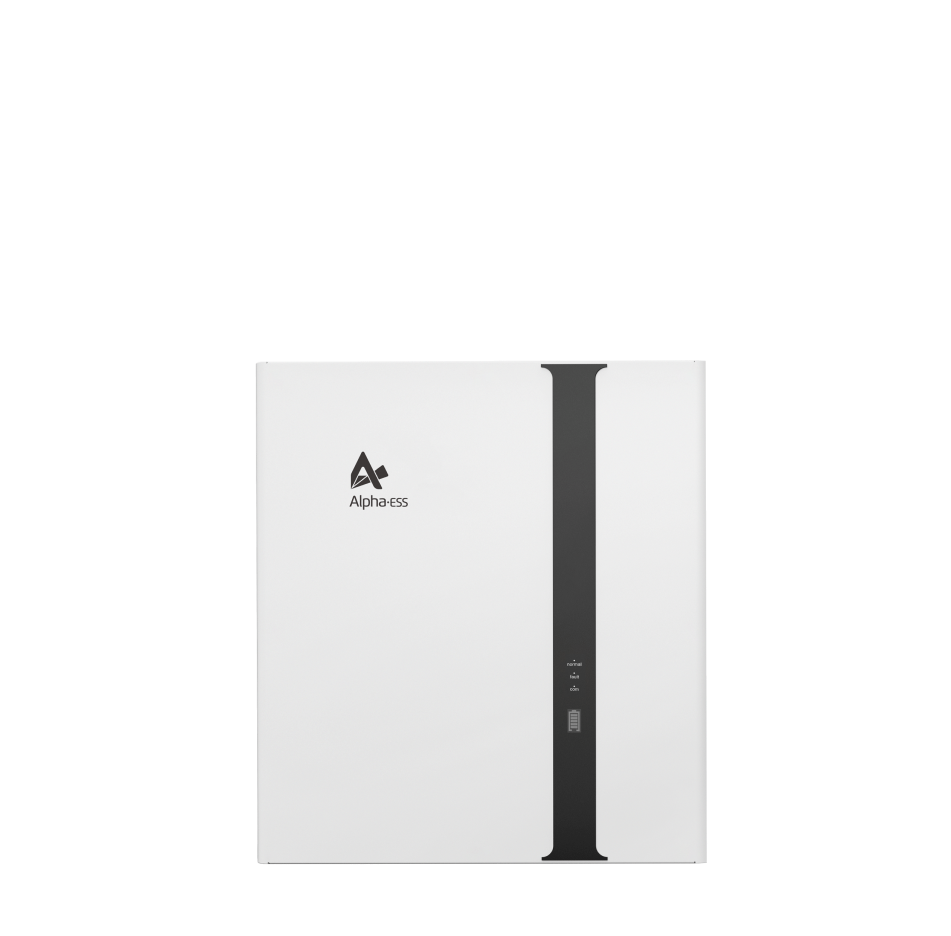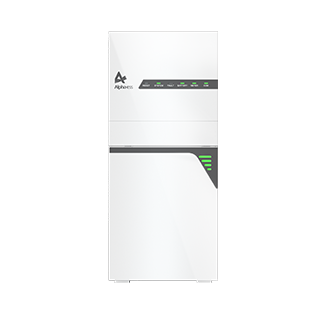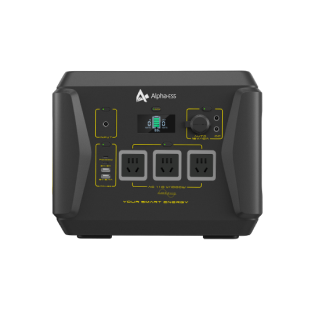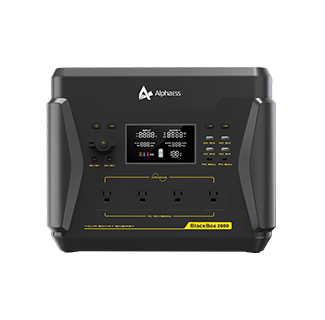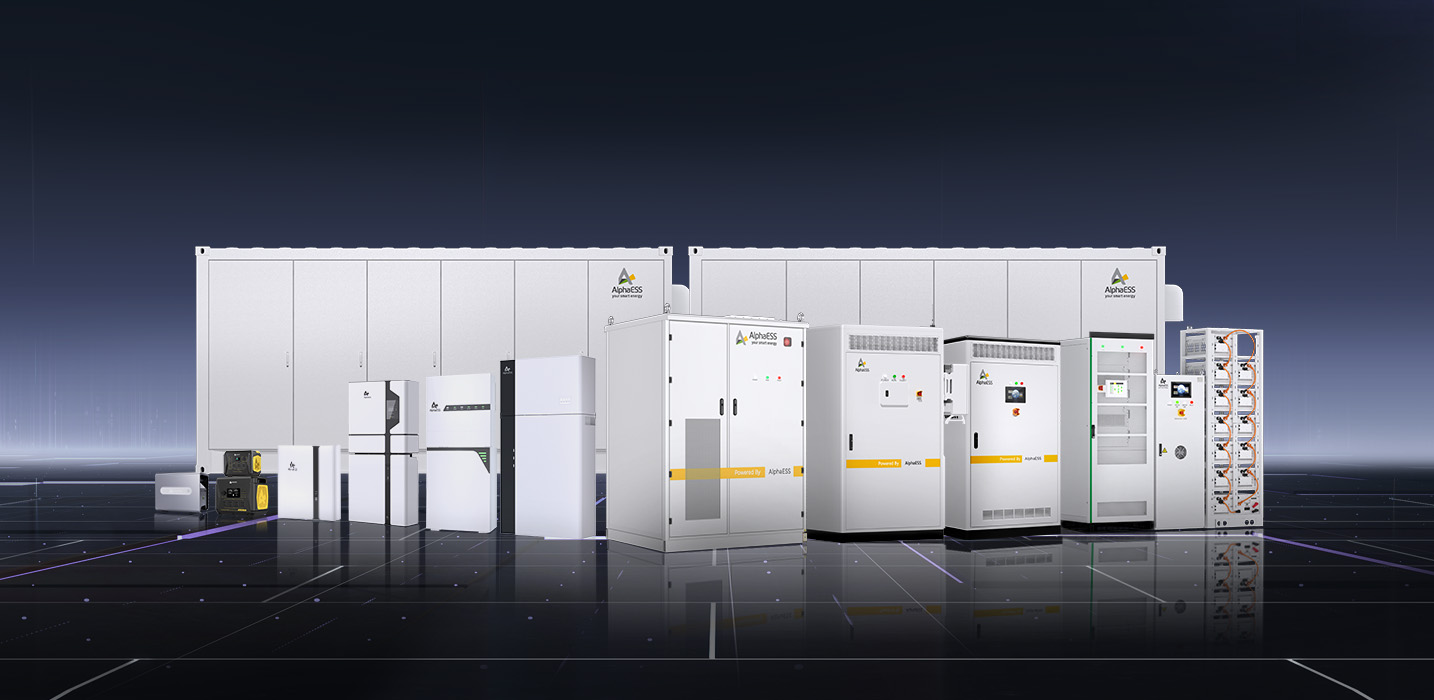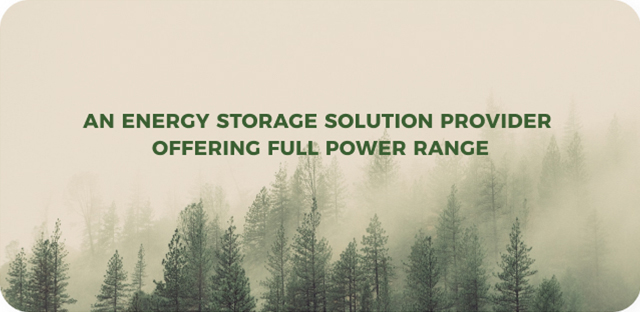Ask Alpha: Your Top Questions Answered About Home Energy Storage
2024-10-18
Welcome to Ask Alpha, where we answer your most common questions about home energy storage. Whether you're a homeowner looking to optimize your energy use or an installer aiming to provide top-tier solutions, this guide offers valuable insights into how energy storage can benefit you. Let's explore key aspects of home energy storage to help you make informed decisions.
Why is it important to store your own generated energy?
When your solar panels generate energy, you only use the generated electricity that you need at that particular moment. At that moment, you automatically inject surplus power into the grid. At times when you need more electricity than you produce, you take 'gray electricity' power from the grid.
By investing in a home battery, you can store your surplus of generated renewable energy and use it at times when the sun is not shining or not shining enough. This way, you can optimize your energy consumption. In short, you are less dependent on external factors such as fluctuating energy prices and you make your home a lot more sustainable.
Systems like the SMILE-G3 are ideal for straightforward retrofitting due to their Hybrid nature. They can be installed as an AC stand-alone system or installed as part of your solar system. These systems can often be favoured by housing associations and landlords looking to enhance properties by adding battery energy storage without major upheaval to properties.
What are the primary components of a home energy storage system?
1. Batteries: These are usually LiFePO4 batteries, also known as lithium iron phosphate batteries. They are known for their high energy density, long life, and reliability. They store electricity and release it when needed.
2. Inverter: Converts the stored DC electricity from the batteries into AC electricity used in homes.
3. Energy Management System: This system controls the charging and discharging of the batteries and can optimise the use of stored energy based on consumption patterns and grid conditions. You can monitor and control your battery power and distribution using our AlphaCloud App.
What are the benefits of Home Energy Storage Systems?
1. Backup Power: Provides electricity during power outages, ensuring that essential appliances and systems remain operational. This must be discussed with you installer as in many cases additional work will be needed if you wish to use this feature.
2. Cost Savings: Homeowners can reduce their electricity bills by storing electricity during off-peak hours, when rates are lower, and using it during peak hours.
3. Increased Self-Consumption: Enhances the use of electricity generated from home renewable energy sources, reducing dependence on the grid.
4. Grid Support: This can help stabilise the grid by providing energy during peak demand.
5. Virtual Power Plant (VPP): This technology allows multiple systems or homes to become a shared power source. (see below for more information).
How do Virtual Power Plants (VPPs) generate financial benefits?
Virtual Power Plants (VPPs) generate financial benefits by aggregating distributed energy resources (such as solar panels, wind turbines, and battery storage systems) and optimizing their collective output to participate in energy markets. Here’s how VPPs bring value:
1. Selling Excess Energy: VPPs enable individual producers, such as households or businesses with renewable energy systems, to sell excess power back to the grid.
2. Demand Response Programs: VPPs allow participants to reduce or shift their energy consumption during peak demand times in exchange for payments.
3. Reduced Energy Costs: By optimizing when energy is consumed, stored, or sold, VPP participants can take advantage of lower electricity rates during off-peak periods and avoid higher rates during peak times.
More information about VPPs: 【AlphaESS VPP 101】Keeping the Grid in Harmony: A Deep Dive into Frequency Control Ancillary Services (FCAS)-Blog
Should I choose a high-voltage or low-voltage battery system and how many battery modules should I install?
Every situation is different and requires a tailor-made calculation. When selecting a battery system for home energy storage, the choice between high-voltage (HV) and low-voltage (LV) batteries depends on your energy needs and system setup.
We advise you to have your specific situation looked at by one of our certified installers. They will analyse your situation and work out a tailor-made proposal.
More information about HV- and LV batteries: https://www.alphaess.com/high-voltage-vs-low-voltage-batteries:-the-ultimate-guide-to-home-energy-storage
Can I install an AlphaESS battery without solar panels?
Yes, you can install AlphaESS batteries without solar panels. The systems can store electricity from the grid during off-peak hours and use it during peak times, which can help reduce electricity bills and provide backup power during outages.
What is the lifespan of an AlphaESS battery system?
AlphaESS battery systems come with a 10-year performance warranty. The batteries use LFP (LiFePO₄) chemistry, known for its long cycle life and reliability, ensuring that the system will perform effectively for many years.
How does the AlphaESS SMILE-G3 system work?
The SMILE-G3 system offers a scalable BESS capacity from 3.8 kWh to over 60 kWh with its hybrid inverter and modular battery design. It can be AC or hybrid-coupled and features VPP readiness, ensuring it can adapt to your changing energy needs and scenarios, whether on-grid or off-grid. This adaptability assures homeowners they can control their energy needs, no matter the circumstances.
The AlphaESS SMILE-G3 series offers a wide range of storage capacities, from 3.8 kWh to 60.5 kWh, depending on the configuration and number of battery modules used. This flexibility makes it suitable for various household energy needs, even for small-scale commercial applications.
Let's explain it with a practical example:
A 1,000 Watt microwave oven running at maximum power for an hour will have consumed 1 kWh. The same goes for a 10-watt LED bulb that burns for 100 hours. A fully charged 11.4 kWh AlphaESS home battery will therefore be able to run the microwave for 11.4 hours and the LED lamp will be able to burn for 1140 hours.
Are AlphaESS systems compatible with different types of solar panels?
Yes, AlphaESS systems are highly compatible with various solar panel types. The SMILE-G3, for instance, supports different PV inputs and can work with third-party solar inverters, making it a versatile choice for homeowners and installers across many installations.
How does the AlphaESS system manage and monitor energy usage?
AlphaESS systems come with the AlphaCloud monitoring platform, which allows users to monitor their system's performance, control energy usage, and even participate in virtual power plants (VPPs) and discharge to the grid. This 24/7 online monitoring ensures optimal system management and efficiency.
More about VPP: 【AlphaESS VPP 103】The VPP Dispatch Platform: Unlocking New Potential in Australia Energy Sector-Blog
Does BESS require Maintenance and Servicing?
Your installer will plan a maintenance and servicing schedule, but AlphaESS battery energy storage systems shouldn't require more than a yearly check. You should always give the appliance a routine visual check to ensure the casing is not damaged or sitting in standing water; if you have any concerns, always contact your installer.
For detailed questions and answers about home energy storage in the local market, you can visit the Q&A section here:
-

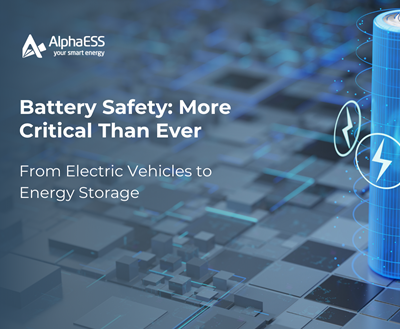 Battery Safety: More Critical Than Ever—From EVs to Energy Storage
Battery Safety: More Critical Than Ever—From EVs to Energy Storage2025-04-10
-

 [Battery Life 102] Maximizing Battery Life with AlphaESS Technology & Practical Maintenance Tips
[Battery Life 102] Maximizing Battery Life with AlphaESS Technology & Practical Maintenance Tips2025-04-09
-

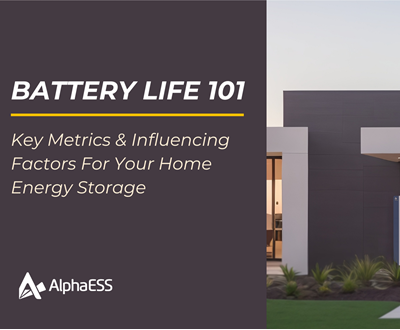 [Battery Life 101] Key Metrics & Influencing Factors For Your Home Energy Storage
[Battery Life 101] Key Metrics & Influencing Factors For Your Home Energy Storage2025-04-08
-

 Exploring the Impact of Battery Storage on Farms: An Interview with Mike Bronson of Bravenhill
Exploring the Impact of Battery Storage on Farms: An Interview with Mike Bronson of Bravenhill2025-03-28



